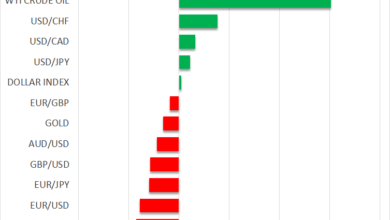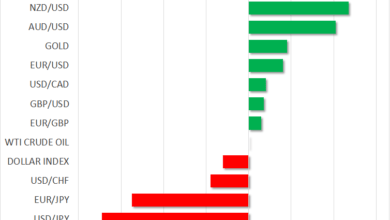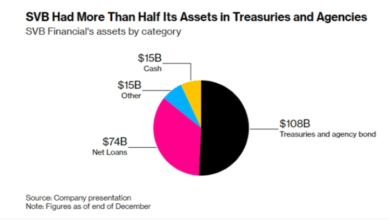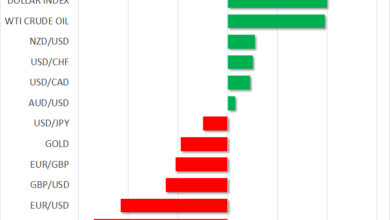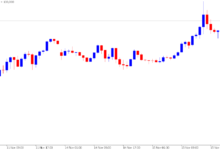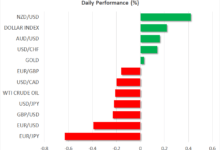Should You Consider Trading Inflation Subcomponents?
2024.02.22 04:10
The topic of this blog is somewhat different than my other posts. In these articles, I am typically taking the role of an economist or analyst (talking about some particular insight into how inflation is evolving), an educator (explaining some aspect of how inflation works, or how one might forecast it or a piece of it), or a trader/investor (describing how prices for securities in inflation-linked or inflation-adjacent markets are discounting different possible or sometimes nearly impossible outcomes).
Today, I want to write about my role as an evangelist.
Almost exactly 20 years ago, I delivered a speech at Barclays Capital’s Inflation Conference at Key Biscayne, Florida entitled “CPI Futures and OTC Derivatives – Practical Applications.” I had led the way the prior year in starting to make markets on US inflation swaps in interbank markets, and we were about to see the launch of the CPI Futures that I was the instigator of and the sole market-maker for.
It was a heady time, and excitement at the conference for these new developments in inflation was palpable. I practiced my presentation until I knew it so well that I was able to recite it word for word while going on an 8-mile run the day before. I don’t mind saying that I killed it. I was a terrific evangelist. Unfortunately, sometimes the evangelist preaches things that don’t happen on schedule.
In my presentation, I showed the classic picture of the “March of Progress” and declared that within five years from that date, inflation markets would have swaps, options, futures, options on TIPS, swaptions, and most importantly the ability to trade inflation subcomponents, like Medical Care or College Tuition so that each customer could create his customized inflation basket reflecting his inflation exposure.

Evolution
I was off by (so far) about 15 years. Now, there were some close brushes with this vision.
In 2004 I tried (and failed) to get Barclays to issue inflation-subcomponent bonds representing slices of TIPS held in a trust (essentially the way that the Treasury’s STRIPS program started as LYONs and TIGRs back in the early 1980s). “Barclays Real Accreting-Inflation Notes,” aka BRAINS, I called them (because I really wanted to hear salespeople telling their clients to get some BRAINS) but we could never get it done.
Also, many readers of this column are already familiar with the near-miss we had when I was at Natixis and in 2007-08 worked with Bob Shiller and got close to issuing a security that would have allowed for transparent trading of Medical Care inflation before the global financial crisis intervened. Most recently, TBAC toyed with the idea of Treasuries linked to subcomponents of CPI back in 2019. But though we have tried, we haven’t gotten there yet.
However, I’m growing more optimistic. I recently spoke with the founders of IMX Health, which was launched a couple of years ago to create instruments with which to hedge healthcare exposure and recently got approved to be a DCM (designated contract market – aka a futures exchange).
Unfortunately, their first futures contract launch will be on medical care stocks but in person, they seem earnest about the mission of making healthcare tradeable…even drilling down to specifics of price and utilization of different types of care. And I continue to be optimistic that Kalshi, where you can today trade binary contracts based on headline, core, used car inflation, and several other markets, will be approved this year to offer traditional-structure inflation futures contracts as well.
It took a couple of decades, and it wasn’t always pretty, but we’re getting there. Until these markets are launched and become accepted, though, we can trade over the counter. So why don’t we?
Now, I don’t have capital set aside to take either side of these markets, so consider these indicative broker quotes for now, based on some vague guesses I have about where these things might trade.


